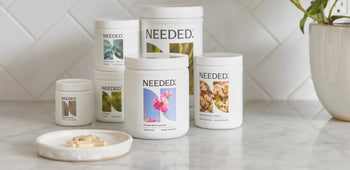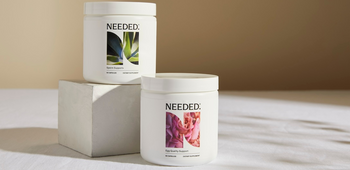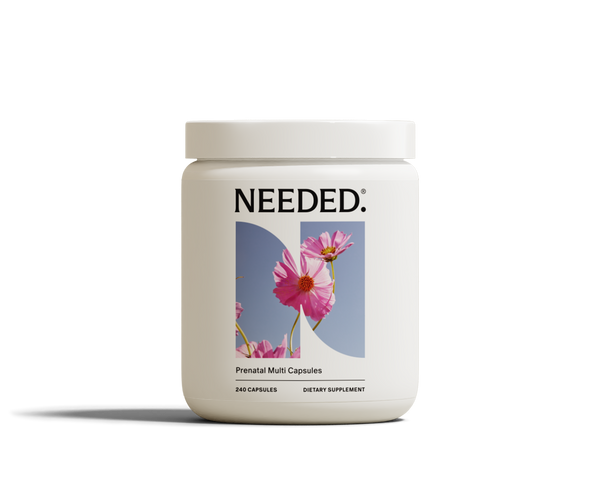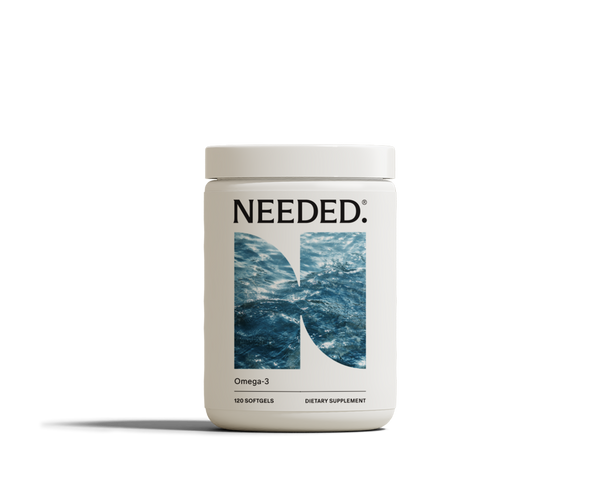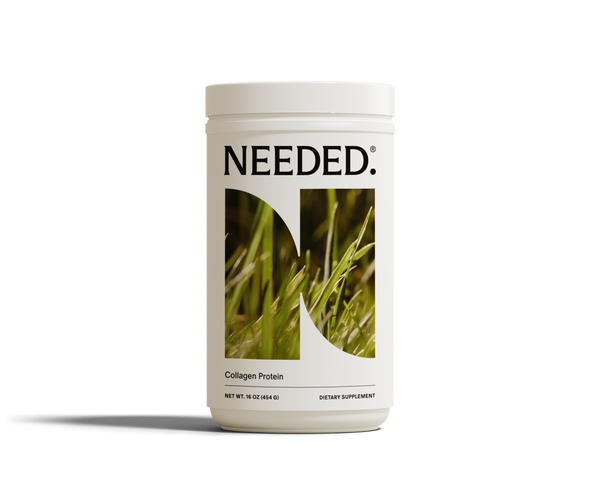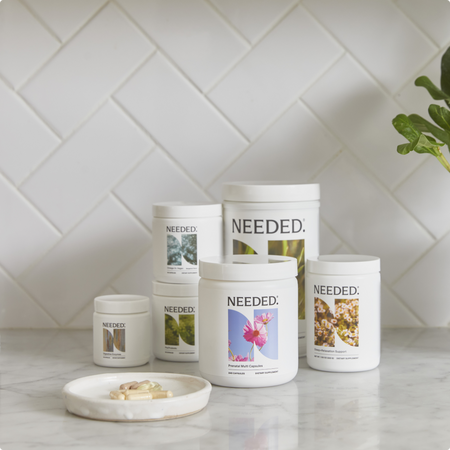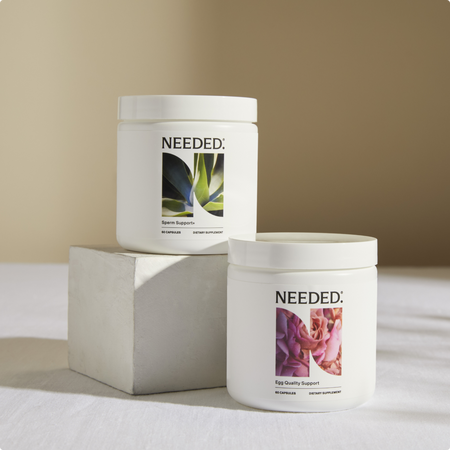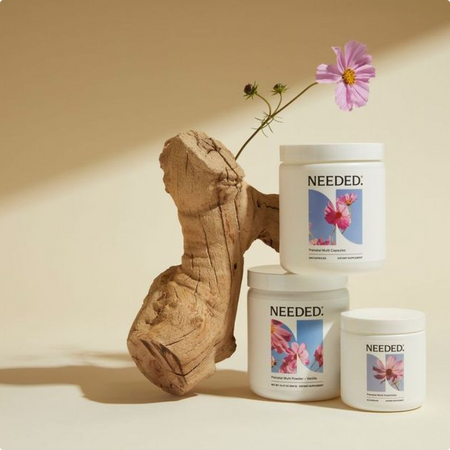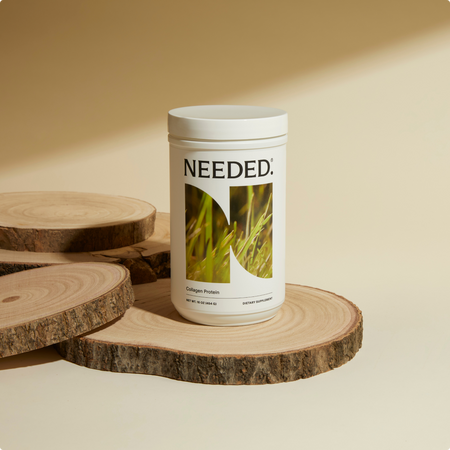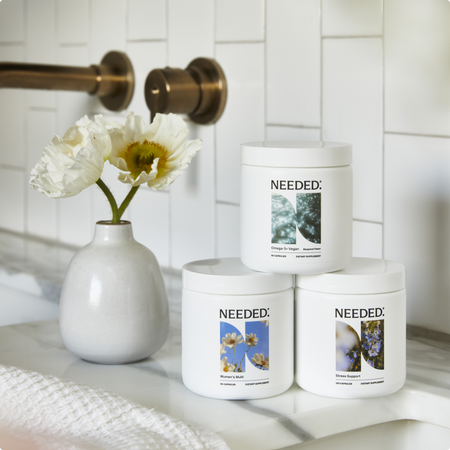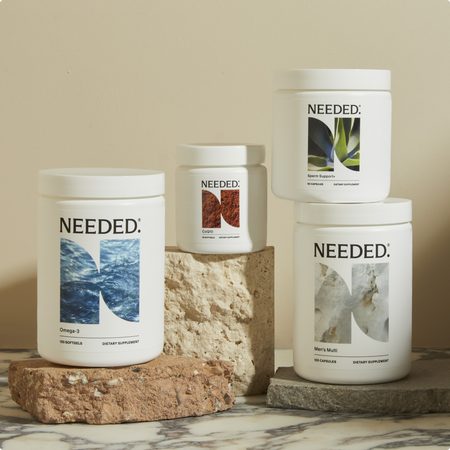Why Is My Breast Milk Yellow?
Breastfeeding is full of surprises; probably the biggest one? Not all breastmilk is white. If you’re asking yourself, “Why is my breast milk yellow?” and freaking out. Calm down, most of the time it’s 100% normal and absolutely nothing to worry about. Breastmilk can appear yellow due to changes in its nutrients, fat content, or the stage of your postpartum journey.
Let’s break down why breastmilk is sometimes yellow, what it means and when it’s time to call your doctor.
Is Yellow Breast Milk Normal?
Yes, yellow breast milk is regular, but does that mean it's good or bad? Actually, it can be a very good thing! It means your milk is rich in fat and nutrients, or it’s the early colostrum your body produces in the first few weeks postpartum, made especially to nourish your newborn.
In the days following childbirth, colostrum, often called ‘liquid gold,’ is naturally thicker and more golden in color compared to regular breastmilk due to the content of fat and antibodies. Your supply will transition to mature milk and lose that golden color over time. These are natural shifts that reflect your baby’s changing needs, providing them with healthy, nourishing food.
What Causes Breast Milk to Be Yellow?
You may be surprised to learn that breastmilk can come in several different colors, and all are healthy for your baby to consume! Several natural factors can contribute to the appearance of yellow breast milk.
Colostrum in the First Few Days
Colostrum is the very first milk that you produce, and it can start coming in as early as the second trimester. Unlike mature breast milk, it’s thicker, richer, and has a golden-yellow color. This color is from its high concentration of antibodies, fat, and plant pigments called carotenoids, which help protect your newborn against infection.
High-Fat Hindmilk
Breast milk can even change colors during the course of a single feeding. The thinner, more watery foremilk comes first, quenching your baby’s thirst. As feeding continues, the milk becomes fattier, more substantial hindmilk, which comes in during longer feeds or when you’re pumping. The higher fat concentration may make the milk appear creamier and more yellow in color. Hindmilk provides extra energy and helps babies feel full and satisfied for longer, supporting healthy growth and weight gain.
Diet and Nutrients
Your diet can also directly impact the appearance of your milk. Eating a diet rich in beta carotene, a nutrient found in carrots, leafy greens, sweet potatoes, and pumpkins, can tint your breast milk yellow or even orange.
Some supplements can also affect the color of your breastmilk. This isn’t harmful to your baby and can actually be beneficial–the nutrients can pass to them, providing additional benefits for growth and development.
Time of Day and Pumping Patterns
The color of breast milk naturally varies throughout the day, and depending on how often you nurse or pump. Milk produced earlier in the day actually has slightly different nutritional content than milk produced in the evening due to our natural circadian rhythms. The fat and nutrient content self-adjusts to make your baby fuller and more satisfied overnight.
Frozen or Thawed Milk
Frozen breast milk may turn yellow or darken because the fat can separate, causing a color change. As long as you’ve stored the milk correctly, and it doesn’t have a sour or rancid smell, yellow milk after thawing is safe for your baby to drink. Gently swirl the mixture around in the bottle to ensure the fat and liquid are thoroughly combined.
What if it’s Still Yellow at 3 or 4 Months?
As we mentioned above, while the golden yellow colostrum is the first milk you produce, throughout your breastfeeding journey, your milk may revert to that color for a few reasons. Your body adapts to your baby’s needs, and variations in fat content, diet, and pumping patterns may cause yellow milk. This is usually normal and reflects a healthy nutrient balance.
If your baby is unwell, your breastmilk may also change colors because your baby’s saliva can trigger your immune system to produce extra antibodies in your breast milk, helping to support your baby in fighting off sickness.
What Does Dark Yellow Breast Milk Mean?
Dark yellow breast milk is a normal variation, typically indicating milk that is higher in fat and nutrients. However, if the milk has a strong smell or was previously frozen and you notice something is off, you should review your storage methods and assess the milk for safety. When in doubt, throw the milk out – we all hate wasting milk, but it’s always better to be safe.
Your diet or the higher fat concentration in hind milk may also be a factor. In both cases, the milk is safe for your baby to drink and packed full of nutrients. Frozen or thawed breast milk may also darken naturally when fat separates, and as long as the milk has been stored correctly, this is harmless. If our baby refuses to drink the milk or it has a smell, speak to your healthcare provider.
When to Be Concerned About Breast Milk Colour
Color alone is rarely a reason for concern, as most color changes are harmless, but if you notice any of the below, speak with your healthcare provider, as they could indicate an underlying condition or mean the milk isn’t safe for consumption:
- Milk is black, red, or rust-colored for more than a day or two
- It develops a foul or sour smell
- You have a fever, pain, or signs of mastitis
- Your baby refuses to feed consistently
Any stored or frozen milk must be maintained at the proper temperature. Ensure you always follow safe storage and thawing guidelines. If you suspect spoilage, discard the milk immediately.
Red Milk
This usually indicates blood in the milk and can have many different causes, including irritation or lacerations of the nipples. If you’re unsure, speak to your healthcare team for advice and reassurance.
Rust Colored Milk
This can be caused by rusty pipe syndrome, which is an issue where a small amount of blood mixes with milk in early breastfeeding.
Black Milk
This is typically a result of certain medications you’re taking. You should see a doctor if your breast milk is black, so they can let you know if it’s safe for your baby.
FAQs About Yellow Breast Milk
Is it normal for breast milk to be yellowish?
Yes, yellowish breast milk is pretty common and rarely a cause for concern. It usually just means that it has a high fat content. If you’re ever unsure about something to do with your breast milk, reach out to your healthcare team for reassurance.
What color is unhealthy breast milk?
Color alone is rarely “unhealthy milk.” However, if you also experience pain, soreness, redness in the breast, or a fever along with the color change, or notice a sour or rancid smell, that may be cause for concern. There is no set color for unhealthy breast milk. Color itself isn’t usually an indicator of a cause for concern. The pain, fever, and bad smell may indicate mastitis, an infection of the milk ducts. Speak with your healthcare provider.
Is yellow breast milk good for babies?
Yes, yellow breast milk can be good for babies. It often means that the milk is rich in antibodies, fats, and nutrients that can support growth, development, and a strong immune system.
Does yellow milk mean more fat?
Creamy or yellow hindmilk (milk that typically comes at the end of a feed) usually contains more fat than foremilk (milk that comes at the start of a nursing session), and this keeps your baby fuller for longer, and provides essential calories for growth.
There’s No Need to Worry, Yellow Breastmilk is Fine (Most of The Time!)
Yellow breast milk is usually a sign of healthy, nutrient-dense milk that supports your baby’s development. Color changes reflect normal shifts in fat content, diet, and postpartum stage. If you’re ever unsure about anything at all, reach out to your healthcare provider for reassurance. If your milk smells off or your baby refuses it, your healthcare team will be more than happy to provide advice.

